The Nvidia GeForce RTX 5090: A Leap Forward, But For Whom?
Nvidia's latest flagship, the RTX 5090, promises a generational leap in PC gaming performance. However, the reality is more nuanced. While raw power is significantly boosted, the performance gains over the RTX 4090 are less dramatic than expected in many games, especially without DLSS Frame Generation. The true next-gen experience lies in the advancements of DLSS 4.
The upgrade's value hinges on your gaming setup and tolerance for AI-generated frames. For users with sub-4K displays or refresh rates below 240Hz, the upgrade may not be justifiable. However, those with high-end displays will experience a significant performance boost thanks to DLSS 4's Multi-Frame Generation.
Nvidia GeForce RTX 5090 – Image Gallery

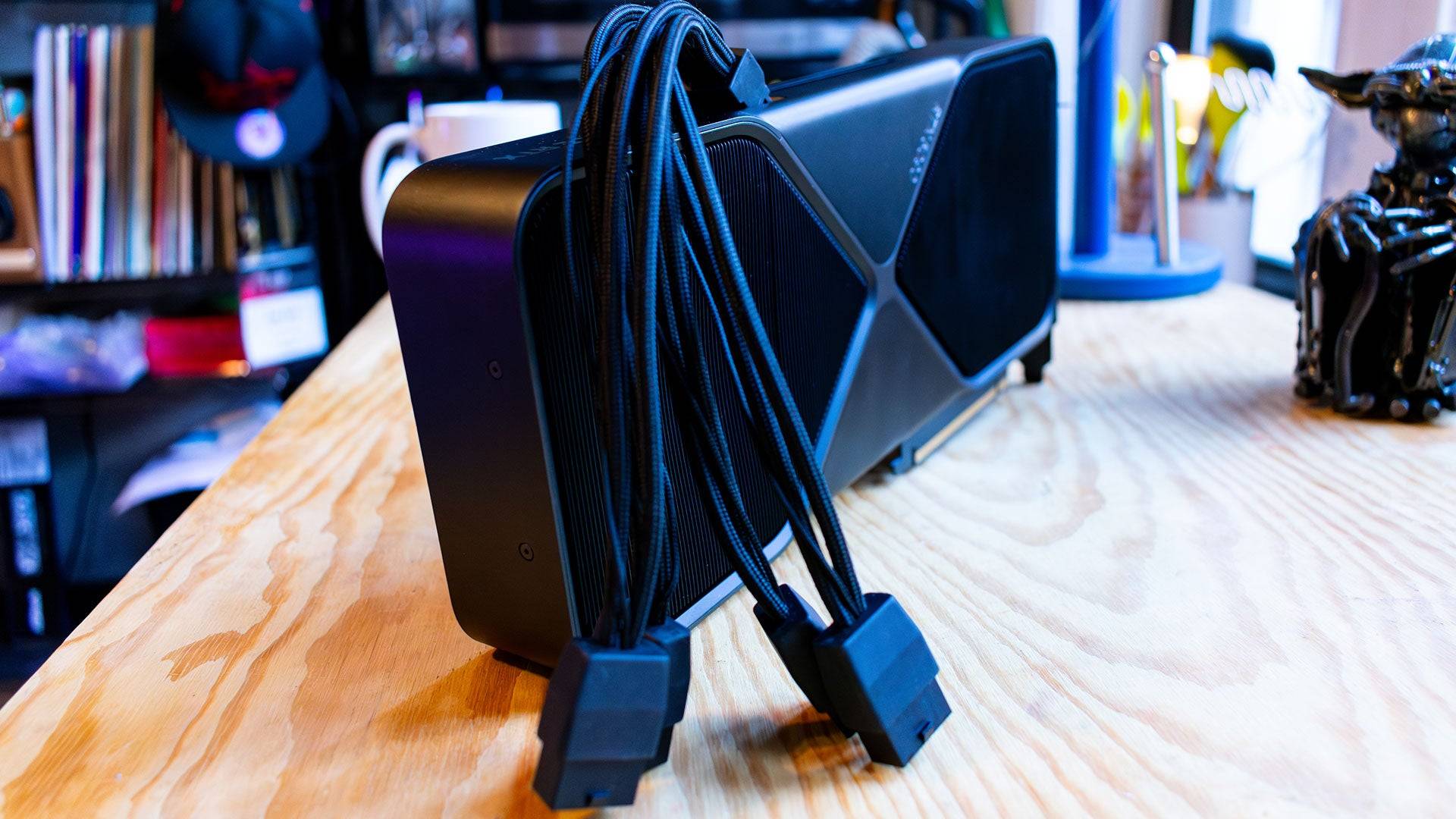 5 Images
5 Images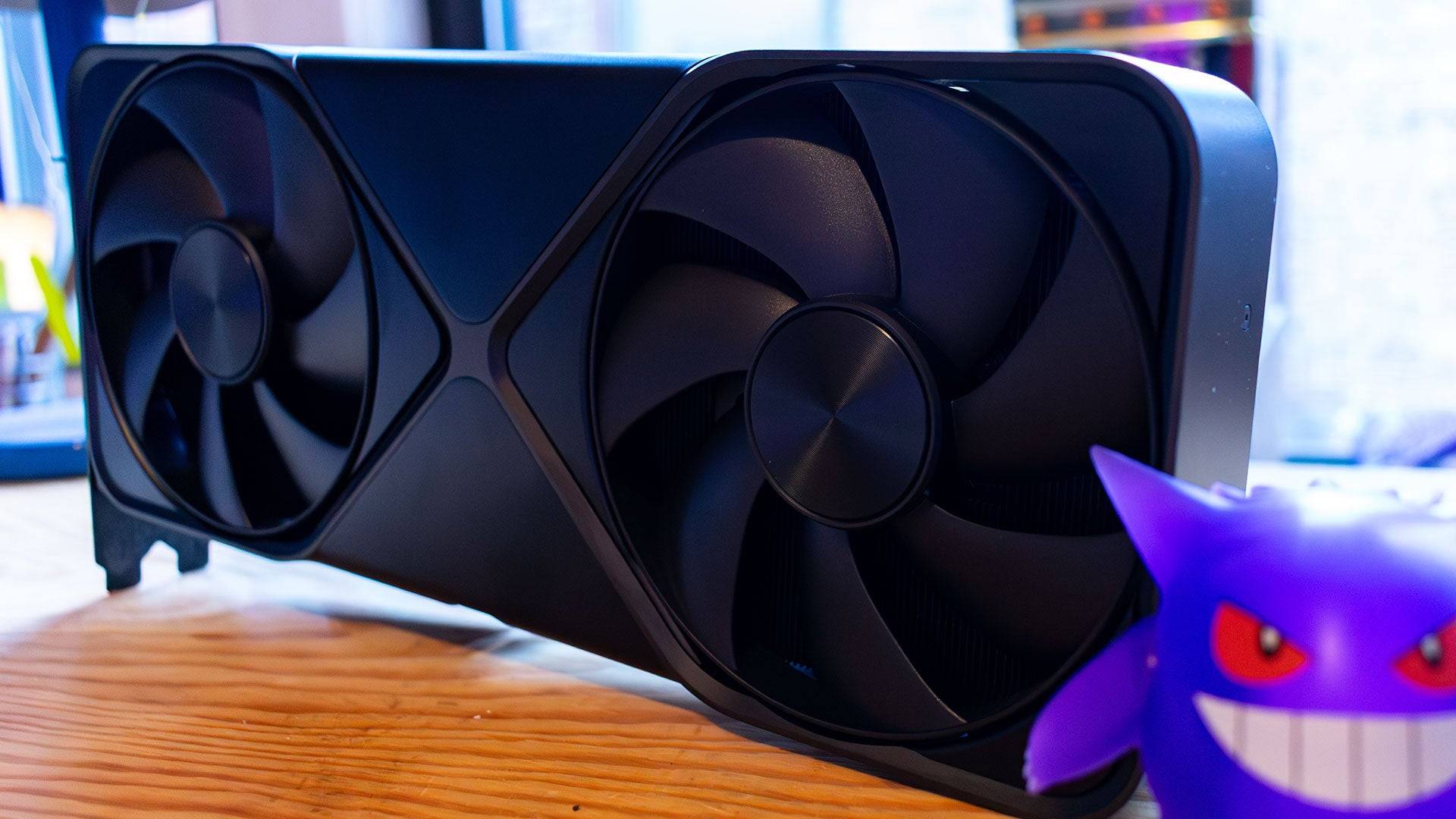

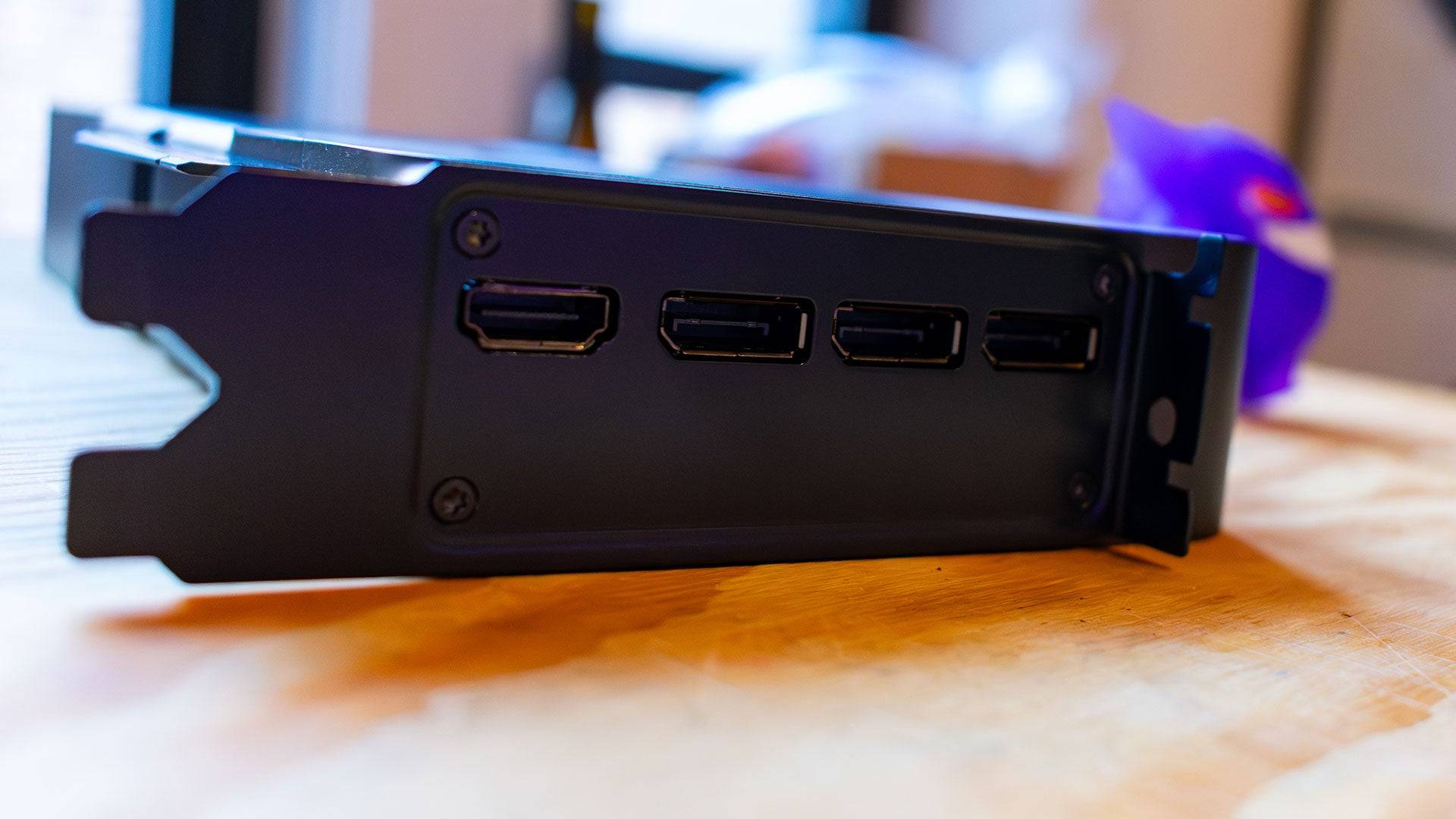
RTX 5090 – Specifications and Features
Built on Blackwell architecture, the RTX 5090 boasts a substantial increase in CUDA cores (21,760 vs. 16,384 in the RTX 4090), resulting in a 32% boost in shader cores. Each Streaming Multiprocessor (SM) includes four Tensor Cores and one RT Core, significantly enhancing AI and ray tracing capabilities. The 5th-generation Tensor Cores support FP4 operations, reducing VRAM dependency for AI workloads.
The card features 32GB of GDDR7 VRAM, a generational upgrade from GDDR6X, offering improved speed and power efficiency. However, its 575W power consumption is a notable increase over the RTX 4090.
DLSS 4 leverages a Transformer Neural Network (TNN), improving image quality and reducing artifacts compared to the previous Convolutional Neural Network (CNN) approach. Multi-Frame Generation, a refined version of DLSS 3's Frame Generation, generates multiple frames from a single rendered image, dramatically boosting frame rates. This feature, however, requires a solid base frame rate to avoid latency issues.
Purchasing Guide
The RTX 5090 launched at $1,999 (Founders Edition), with third-party variants potentially costing more.
The Founders Edition
Despite its 575W power draw, the Founders Edition surprisingly maintains a dual-slot design. Nvidia achieved this by optimizing the PCB layout and cooling solution, resulting in peak temperatures around 86°C under full load. The card utilizes a dual-fan configuration drawing air from the bottom and exhausting it through the top, eliminating rear exhaust vents.
The design maintains a similar aesthetic to previous generations, featuring a silver 'X' design and a white LED-lit GeForce RTX logo. It uses a new, supposedly more efficient, 12V-2x6 power connector with an included adapter requiring four 8-pin PCIe power connectors.
This compact design allows compatibility with smaller PC cases, unlike its predecessors. However, third-party models are likely to be larger.
DLSS 4: Addressing the "Fake Frames" Concern
While DLSS 4 can significantly boost frame rates (up to 8x in some cases), it's crucial to understand its mechanism. The new AI Management Processor (AMP) core efficiently manages workload distribution across the GPU, enabling the generation of multiple AI frames per rendered frame. This is significantly more efficient than previous frame generation methods, reducing latency through a Flip Metering algorithm.
Multi-Frame Generation works best with a decent base frame rate (around 60fps or higher without Frame Gen) and is ideally paired with DLSS upscaling. Initial testing in Cyberpunk 2077 and Star Wars Outlaws showed impressive results, with minimal artifacts. However, wider testing across the claimed 75 DLSS 4-supported games is needed for a complete assessment.
RTX 5090 – Performance Benchmarks
Benchmarking revealed a generational leap in raw performance in 3DMark, with up to a 42% improvement over the RTX 4090. However, real-world gaming performance showed a more limited advantage, often hampered by CPU bottlenecks, even with a high-end Ryzen 7 9800X3D processor. In many games, the performance uplift over the RTX 4090 was modest (around 10%). The RTX 3090, however, showed a much larger performance gap.
Games tested included: Call of Duty Black Ops 6, Cyberpunk 2077, Metro Exodus: Enhanced Edition, Red Dead Redemption 2, Total War: Warhammer 3, Assassin's Creed Mirage, Black Myth: Wukong, and Forza Horizon 5. Results varied, with some games showcasing a more substantial performance improvement than others. An issue with Assassin's Creed Mirage, seemingly a driver bug, resulted in unusually low frame rates.
Nvidia GeForce RTX 5090 – Benchmark Charts
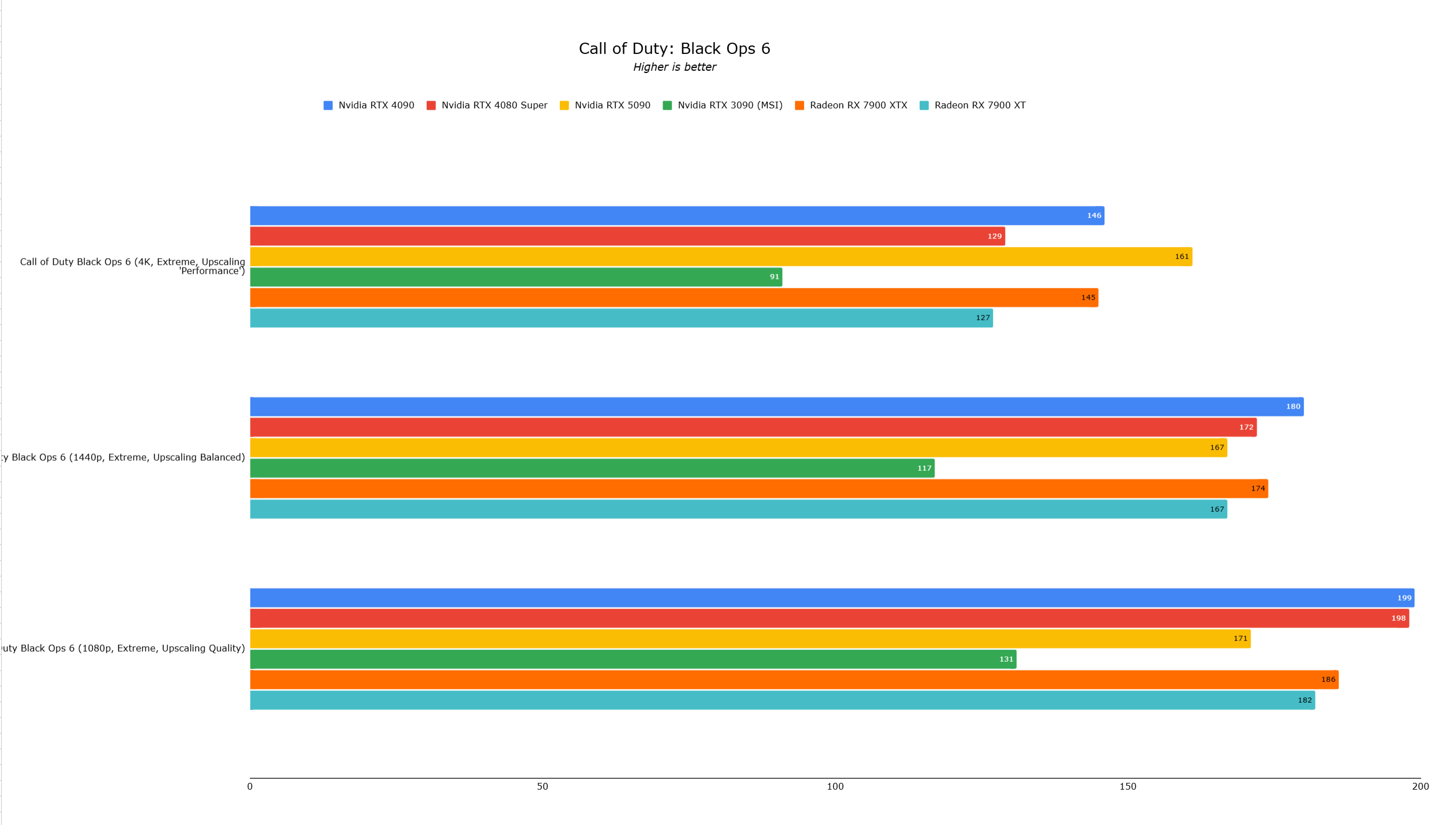
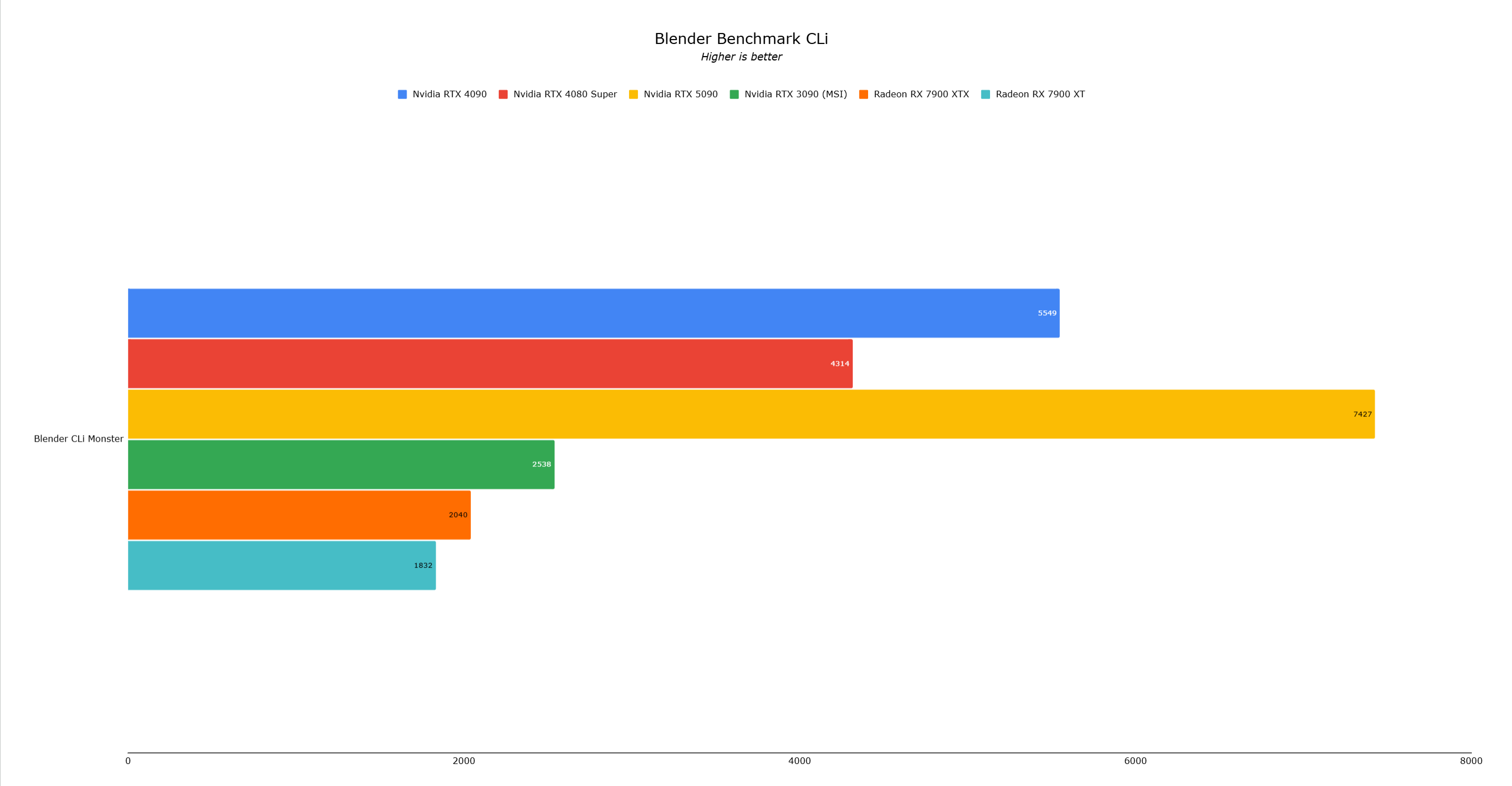 14 Images
14 Images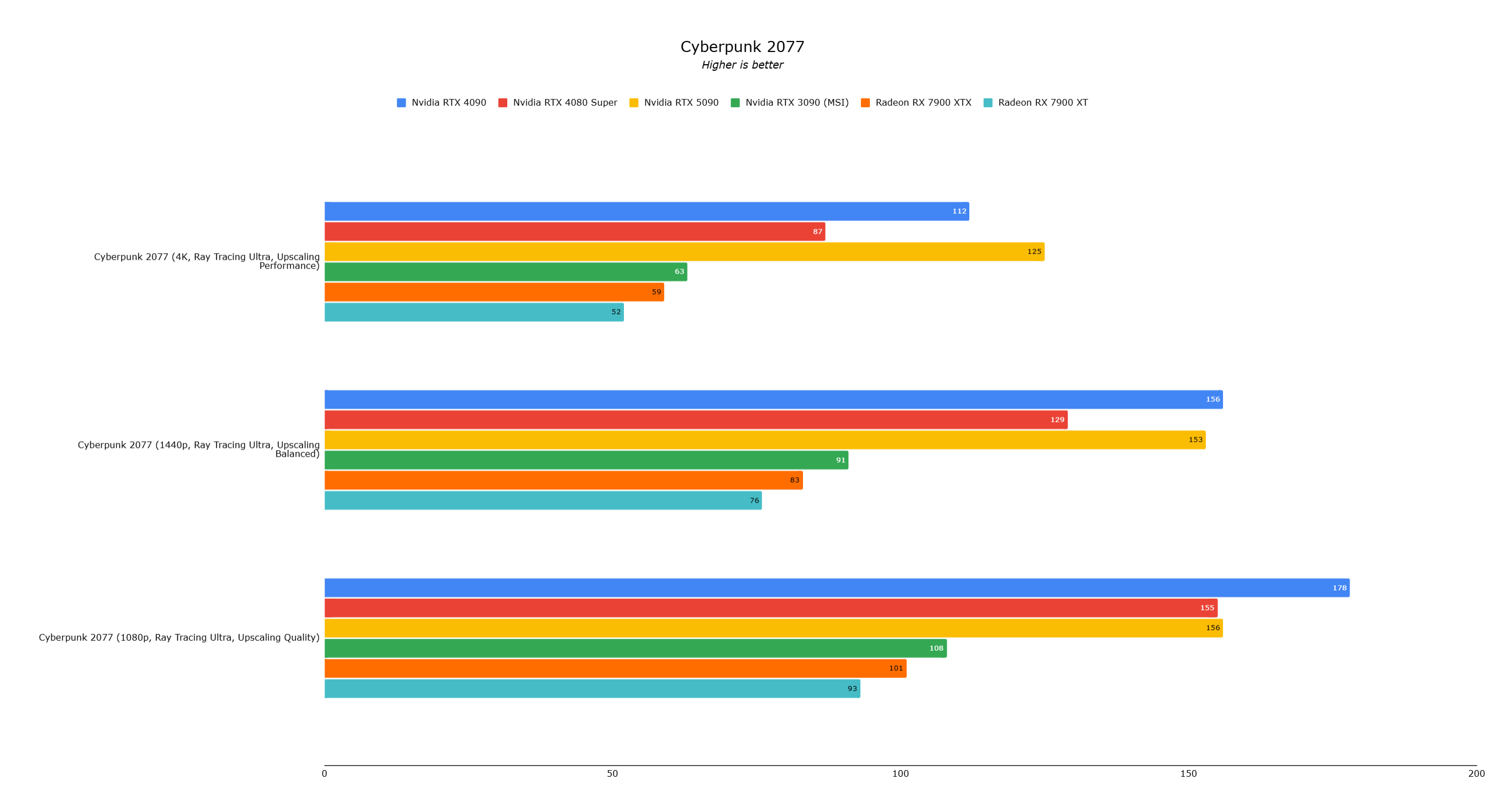
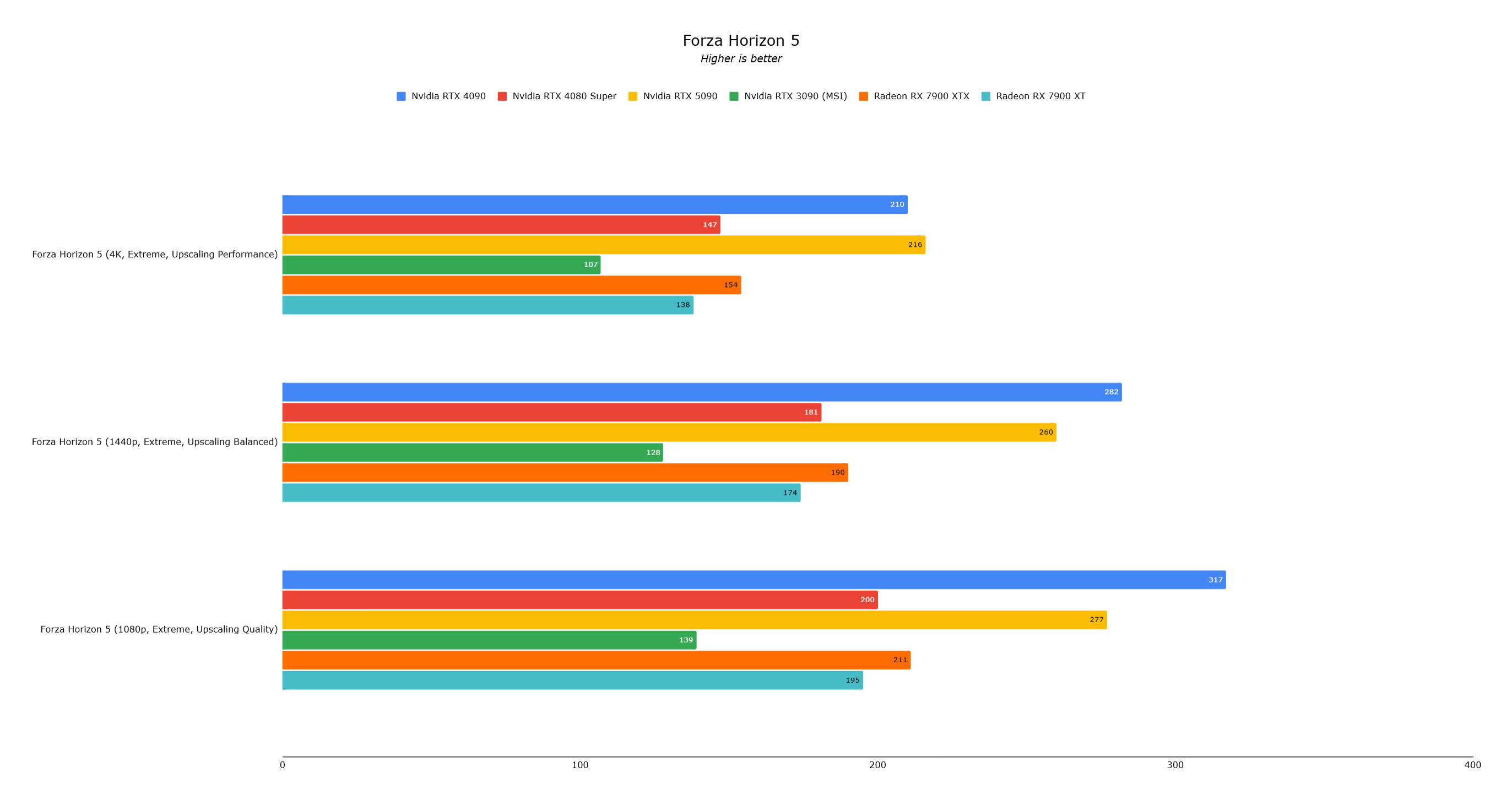
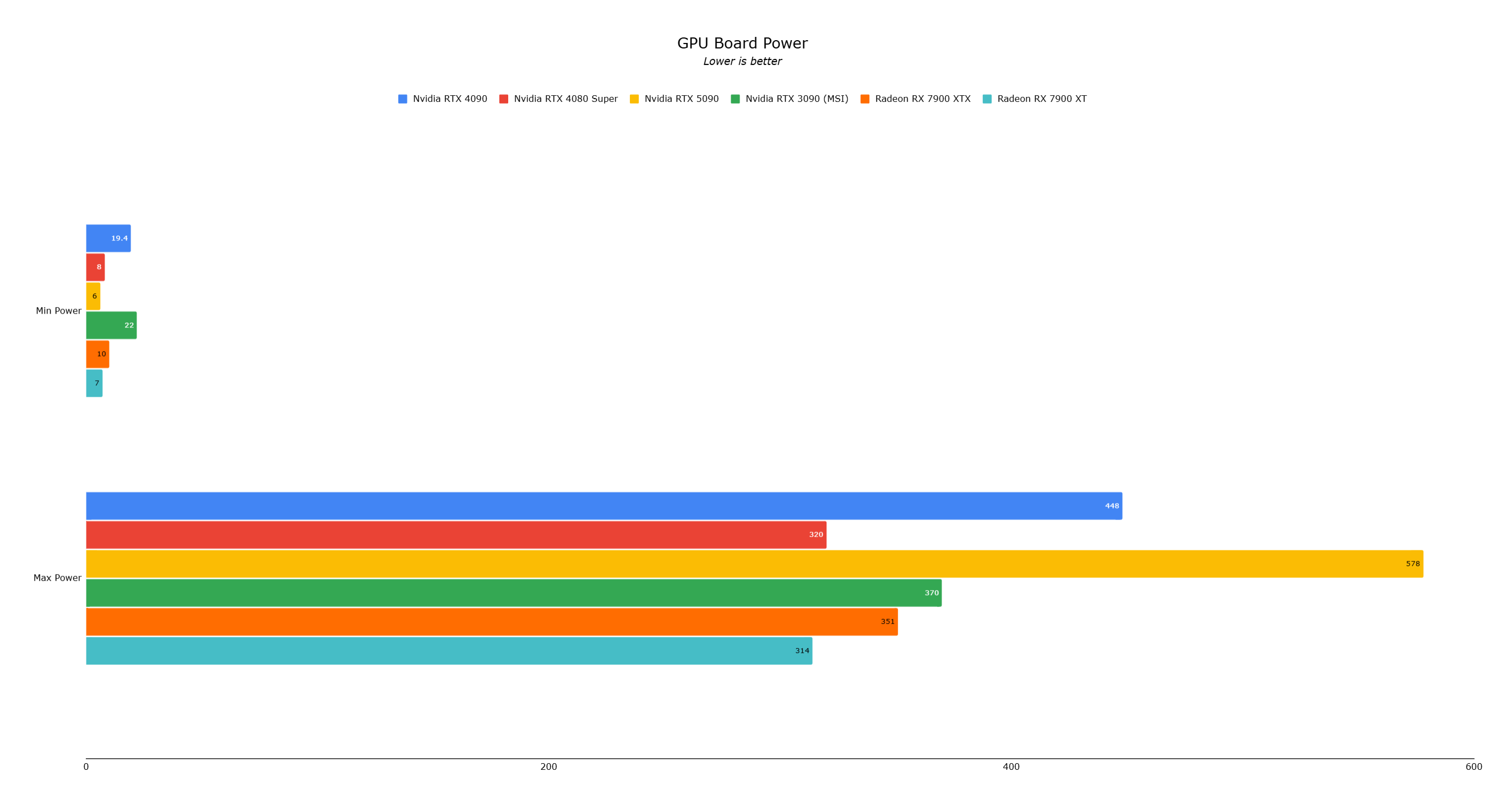
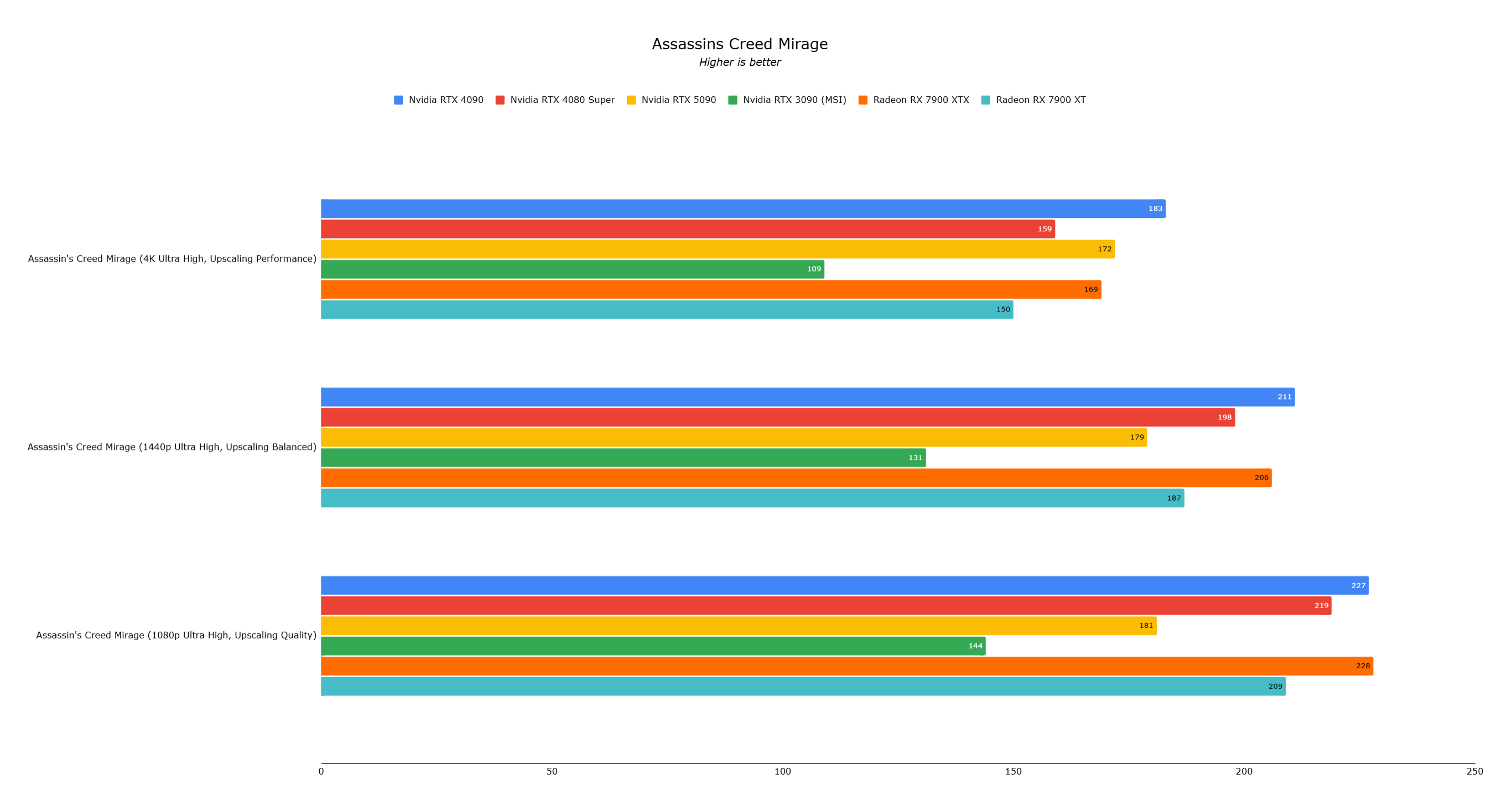
Conclusion
The RTX 5090 is undeniably powerful, currently holding the title of fastest consumer graphics card. However, its performance gains over the RTX 4090 are less substantial than expected in many current games due to CPU bottlenecks. The card's true potential lies in its AI-powered features, specifically DLSS 4's Multi-Frame Generation, which delivers impressive frame rates but requires a high-end display to fully utilize. For most gamers, the RTX 4090 remains a powerful option, making the RTX 5090 a compelling upgrade primarily for those seeking cutting-edge AI-enhanced gaming experiences and willing to invest in a high-refresh rate, high-resolution display.
AnswerSee Results














